In the interconnected environment, organizations of all sizes face an escalating number of cyber threats. From data breaches to ransomware attacks, the risks are more prevalent and sophisticated than ever. Businesses must no longer rely on reactive approaches alone, as these can lead to significant financial, operational, and reputational damage. A proactive cybersecurity strategy is essential for preventing attacks before they occur and ensuring business continuity.
Strengthen Internal Defenses
One of the first lines of protection is within the organization itself. Employees play a crucial role in cybersecurity, making awareness and internal safeguards a top priority. Key defensive steps include:
- Regular Staff Training: Educate employees on recognizing phishing attempts and social engineering tactics and the Limit system access to essential personnel only, reducing the chance of internal breaches.
- Strong Authentication: Enforce the use of multi-factor authentication (MFA) to protect sensitive systems. Ensure all systems are updated with the latest security patches to fix known vulnerabilities.
- Incident Response Planning: Prepare for breaches with a clear, actionable response plan that can be deployed instantly.Focusing on these foundational areas minimizes exposure to common threat vectors that target human error or outdated systems.
Monitor Network Activity
Ongoing surveillance of network traffic helps detect unusual activity that may indicate a threat. Implementing advanced monitoring tools allows IT teams to receive alerts about suspicious patterns, unauthorized access attempts, or data transfers that deviate from normal behavior.
A proactive monitoring system helps identify risks early, enabling quicker responses and potentially preventing an attack from progressing further.

Proactive Security Tools
Deploying the right security technologies is essential in building a strong defense. These tools must go beyond traditional antivirus programs and offer layered protection. From intrusion detection systems (IDS) to endpoint protection platforms, organizations benefit from solutions that provide comprehensive, real-time security. Firewalls, encryption protocols, and behavioral analytics tools are all critical components in safeguarding both internal and external communication pathways. Investing in scalable and adaptive security solutions prepares businesses to face evolving threats with confidence.
Risk Assessment Routine
Conducting regular risk assessments helps organizations stay ahead of potential vulnerabilities. By evaluating all aspects of the IT environment, businesses can identify weak points and prioritize improvements. This should include examining data storage policies, third-party vendor access, mobile device usage, and backup procedures. Routine evaluations foster a security-first culture and encourage ongoing improvement rather than complacency. Adjusting strategies based on emerging risks ensures that protective measures remain relevant and effective over time.






